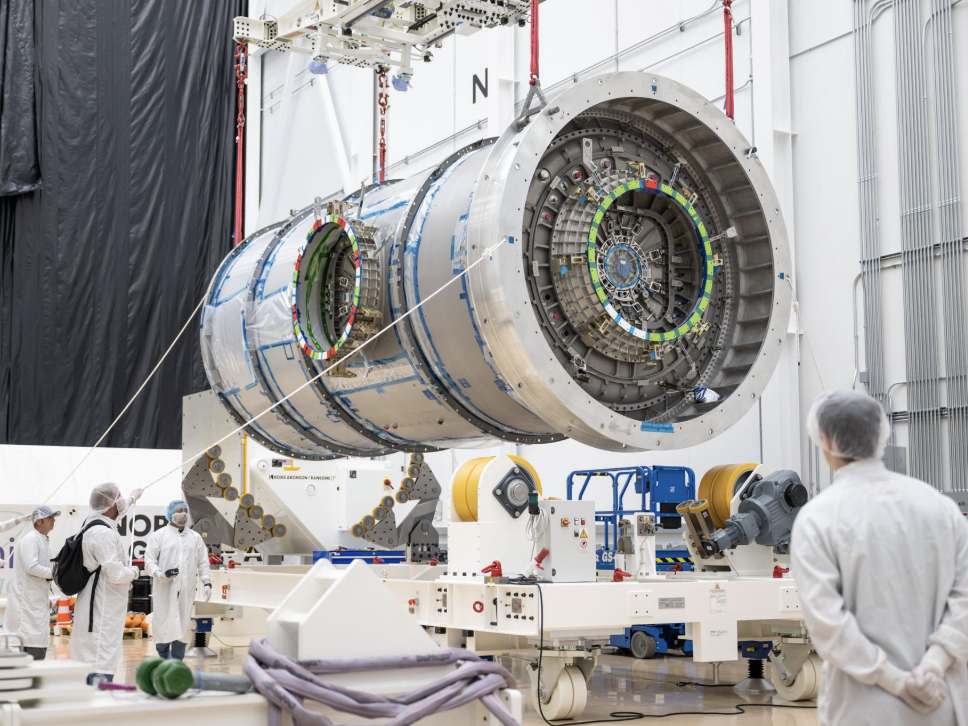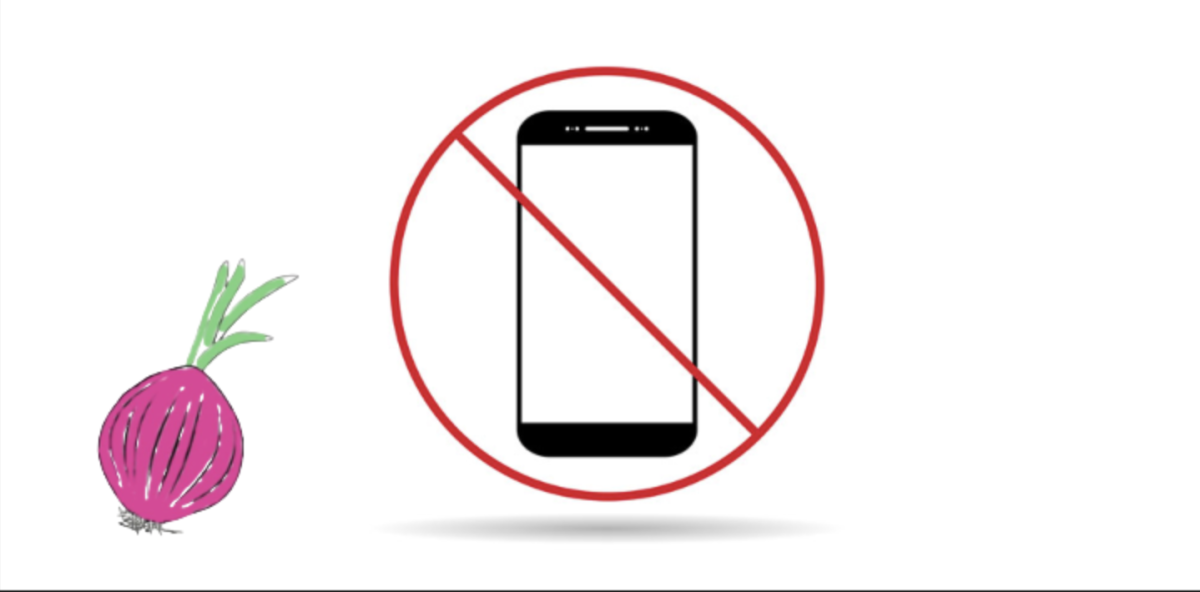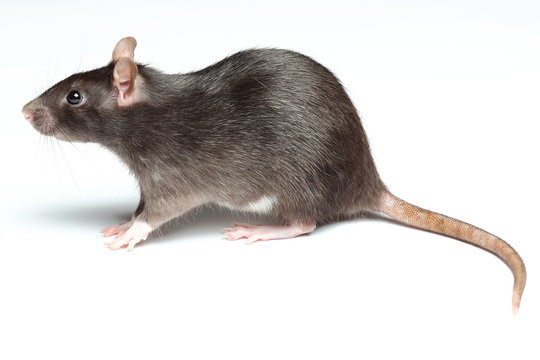Chances are you’ve heard the phrase ‘lab rat’ before, maybe even used it yourself, but have you stopped to consider what it really means? Practicing scientific experiments and/or cosmetics on animals has been a method for decades (although, testing cosmetics on animals has largely fallen out of practice for a large majority of countries). Testing scientific or medical experiments on animal test subjects still continues, but due to legal loopholes, the practice is increasingly unethical.
There are some things doctors and researchers can’t do or practice on their animal test subjects, but as mentioned before, there are loopholes to this. Almost all (95%) of animals used in testing are excluded from the Animal Welfare Act (AWA), rendering them vulnerable to dangerous and often fatal tests. Britannica states that the act excludes “. . . birds, rats and mice bred for research, and cold-blooded animals such as reptiles, and most fish.” Because of the lack of regulations, hundreds of thousands of animals undergo forceful and harmful experiments. These experiments can include food/water deprivation or force-feeding, intentional wounds to the animals to study how their healing processes work, or death by any number of means (Britannica). Practically all of the major animal categories are susceptible to lab tests. According to the Humane Society–
- “Dogs have their hearts, lungs or kidneys deliberately damaged or removed to study how experimental substances might affect human organ function.”
- “Monkeys are taken from their mothers as infants to study how extreme stress might affect human behavior.”
- “Mice are force-fed daily doses of a chemical for two years to see if it might cause cancer in humans.”
- “Cats have their spinal cords damaged and are forced to run on treadmills to study how nerve activity might affect human limb movement.”
- “Ferrets are deliberately infected with extremely painful, potentially fatal diseases (such as RSV, COVID-19 or Ebola) and not given pain relief or treatment before their death to study how humans might be affected by the same disease.”
- “Rats are placed in small tubes and are forced to inhale cigarette smoke for hours at a time to study how humans might respond to cigarette smoke.”
–and many more.
While testing on animals has had its benefits, tests conducted on them have had wildly inaccurate results. While testing on animals has had its benefits and that shouldn’t be discounted, a substantial amount of tests conducted on them have had severely inaccurate results. Mice and humans might share 98% of each other’s DNA, but biologically are not similar. Because of situations like this, animal experiments can be dangerous to everyone involved. For example, a pill called Thalidomide (responsible for the tens of thousands of human babies born with severe birth defects) was manufactured in the 1950’s and 60’s, and was tested on pregnant mice. The tests didn’t result in birth defects unless administered in extreme doses. Or, another example, is an arthritis drug called Vioxx. Vioxx was shown to have “a protective effect on the hearts of mice” (Britannica), but caused over 27,000 sudden cardiac arrests and heart attacks before manufacturing stopped.
In a world where technology is constantly improving and adjusting to society’s needs, access to other forms of testing are a viable option. People could consent to clinical trials, or more funding can be put towards advancing digital simulations; there are other practices that can be used.
According to Jane Marsh, an author at Environment, “. . . doctors can test product reactions using in vitro methods, analyzing how small pieces of tissue and even human cells react without needing a wholly live participant.” While there are moral arguments to be made about animal testing and its arguably controversial ethics, it can’t be denied that without it, vaccines and treatments currently saving lives wouldn’t exist. Because of animal research, treating conditions like breast cancer, some neural damage, childhood leukemia, tuberculosis, etc, is far more widespread.
In conclusion, stopping animal testing would take time and probably won’t fully stop to the degree some people would argue necessary. However, if animals are going to continue to be experimented on, policies like AWA should be expanded upon to protect animals from loopholes endangering them. If they’re so crucial to the results, why can’t we as a society put more effort into their quality of life? If animals must be tested on, they should have access to humane conditions and should be protected to a more strict degree than they are currently.
Works Cited
Biobide. “Why is animal testing good? Benefits of animal testing.” Biobide, https://biobide.com/benefits-of-animal-testing. Accessed 14 May 2024.
Britannica. “Should Animals Be Used for Scientific or Commercial Testing?” Animal Testing | Pros & Cons, Britannica, 10 May 2023, https://animal-testing.procon.org/. Accessed 14 May 2024.
The Humane Society of the United States. “Using animals in experiments.” The Humane Society of the United States, https://www.humanesociety.org/resources/animals-used-experiments-faq. Accessed 14 May 2024.
Marsh, Jane. “The Pros and Cons of Animal Testing.” Environment.co, 18 September 2023, https://environment.co/animal-testing-pros-and-cons/. Accessed 14 May 2024.
AKHTAR, AYSHA. “The Flaws and Human Harms of Animal Experimentation.” NCBI, https://ncbi.nlm.nih.gov/pmc/articles/PMC4594046/. Accessed 2 October 2024.
Cruelty Free International. “What is animal testing?” Cruelty Free International, https://crueltyfreeinternational.org/about-animal-testing/what-animal-testing. Accessed 2 October 2024.
Humane Society International. “About Animal Testing.” Humane Society International, https://www.hsi.org/news-resources/about/. Accessed 2 October 2024.
“Safety Testing – Science, Medicine, and Animals.” NCBI, https://www.ncbi.nlm.nih.gov/books/NBK24645/. Accessed 2 October 2024.
“Why Animal Research? | Animal Research at Stanford | Stanford Medicine.” Stanford Medicine, https://med.stanford.edu/animalresearch/why-animal-research.html. Accessed 2 October 2024.




































